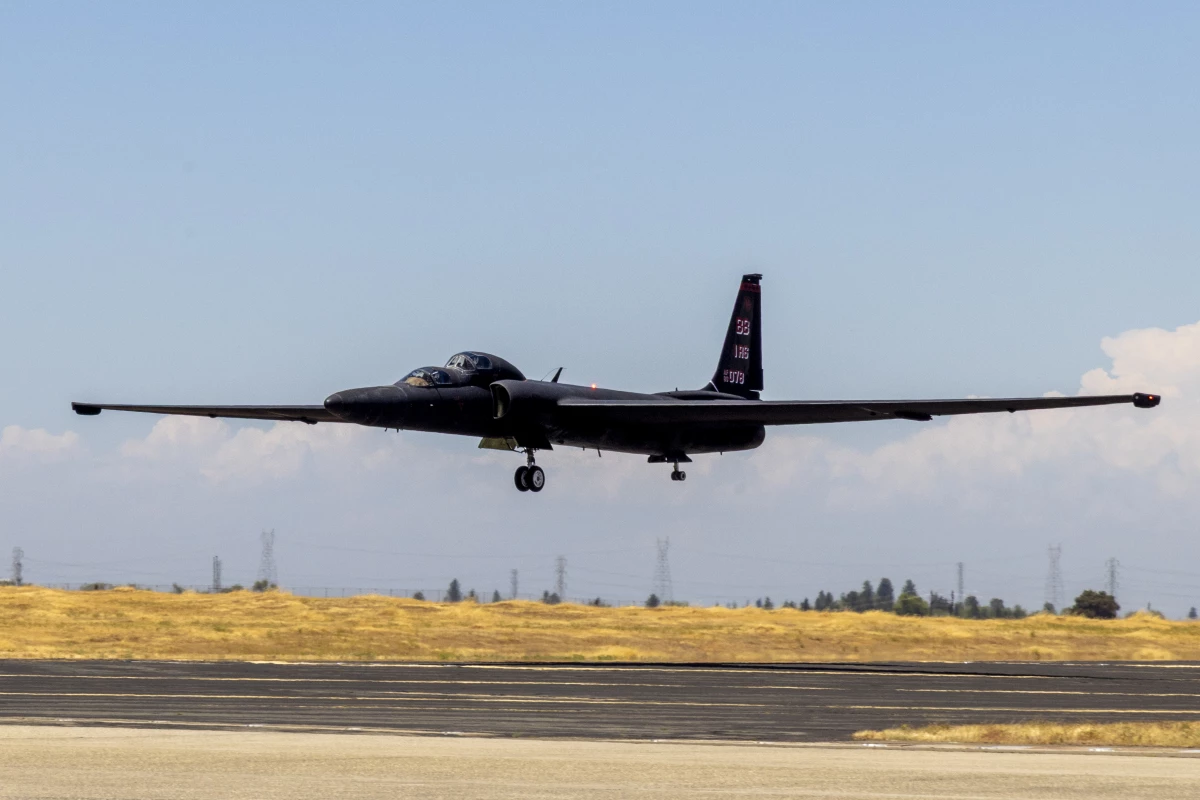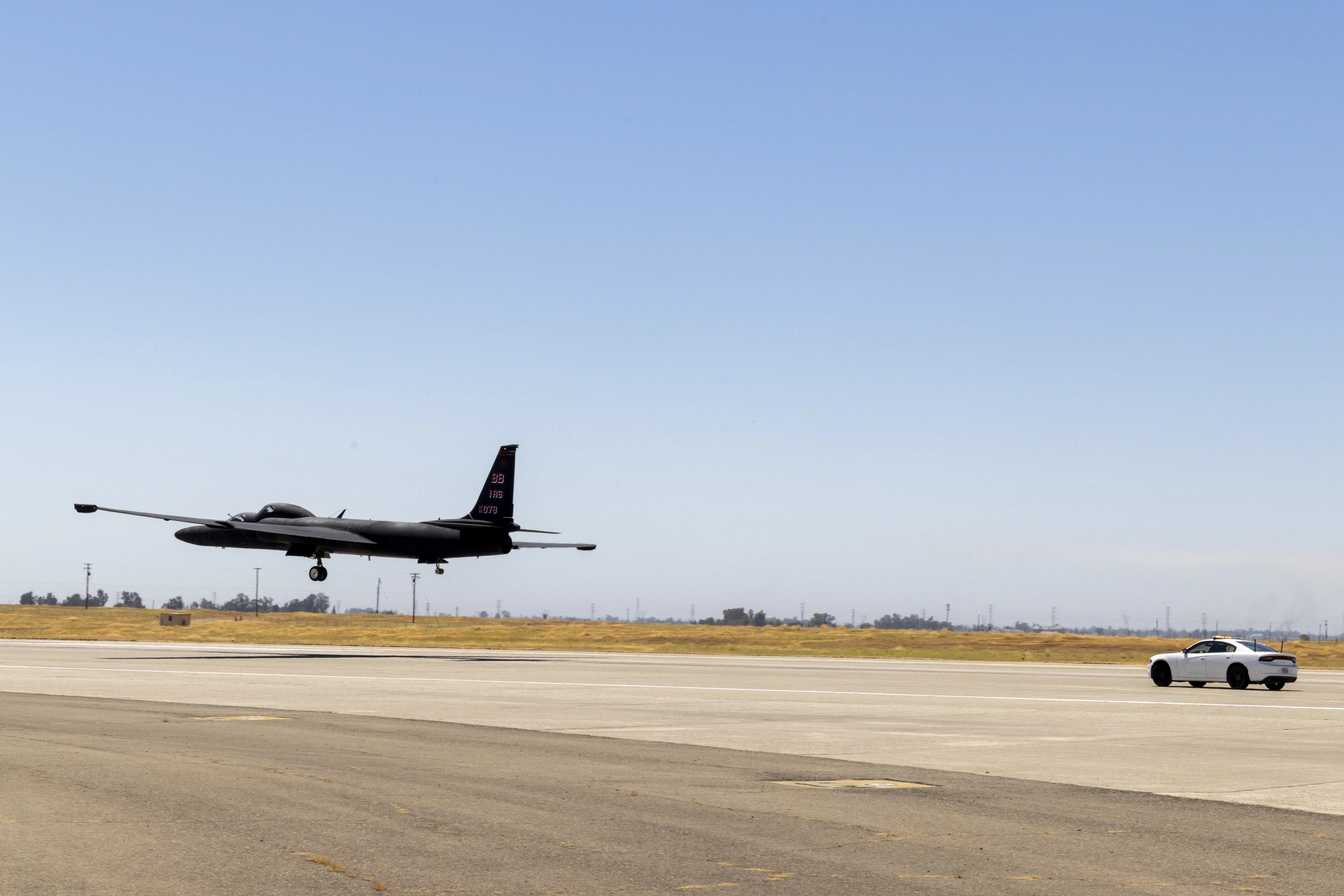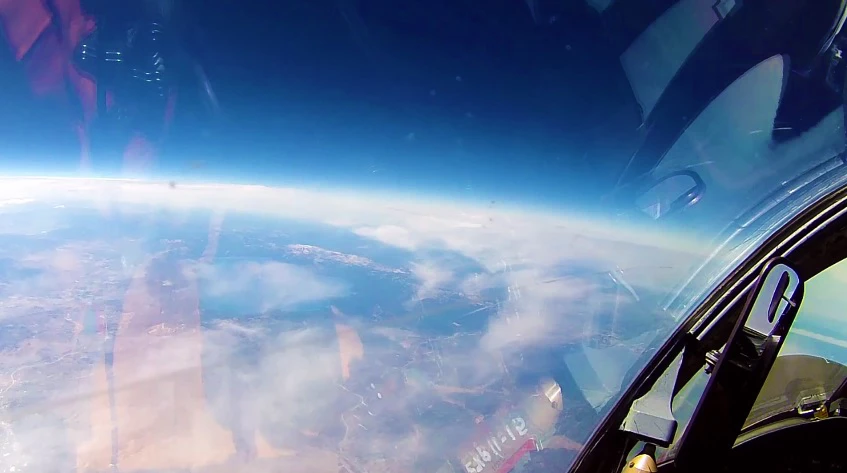The US Air Force celebrated the 70th anniversary of the famous U-2 Dragon Lady spy plane on July 31, 2025 – not with a cake but by setting new endurance records for the class of aircraft on the first long-duration flight of the U-2 in 11 years.
Born in the darkest days of the Cold War, the Lockheed Martin U-2 was conceived of as a way of lifting the veil from one of the greatest enigmas of the 1950s: what exactly was going on behind the Iron Curtain separating the West from the Soviet Bloc?
It was more than idle curiosity. The Soviet Union had shaken the world, not just by refusing to withdraw from the territories it conquered during the Second World War or developing the atomic bomb many years before anyone expected, but by its aggressive program of infiltration and subversion of the West.
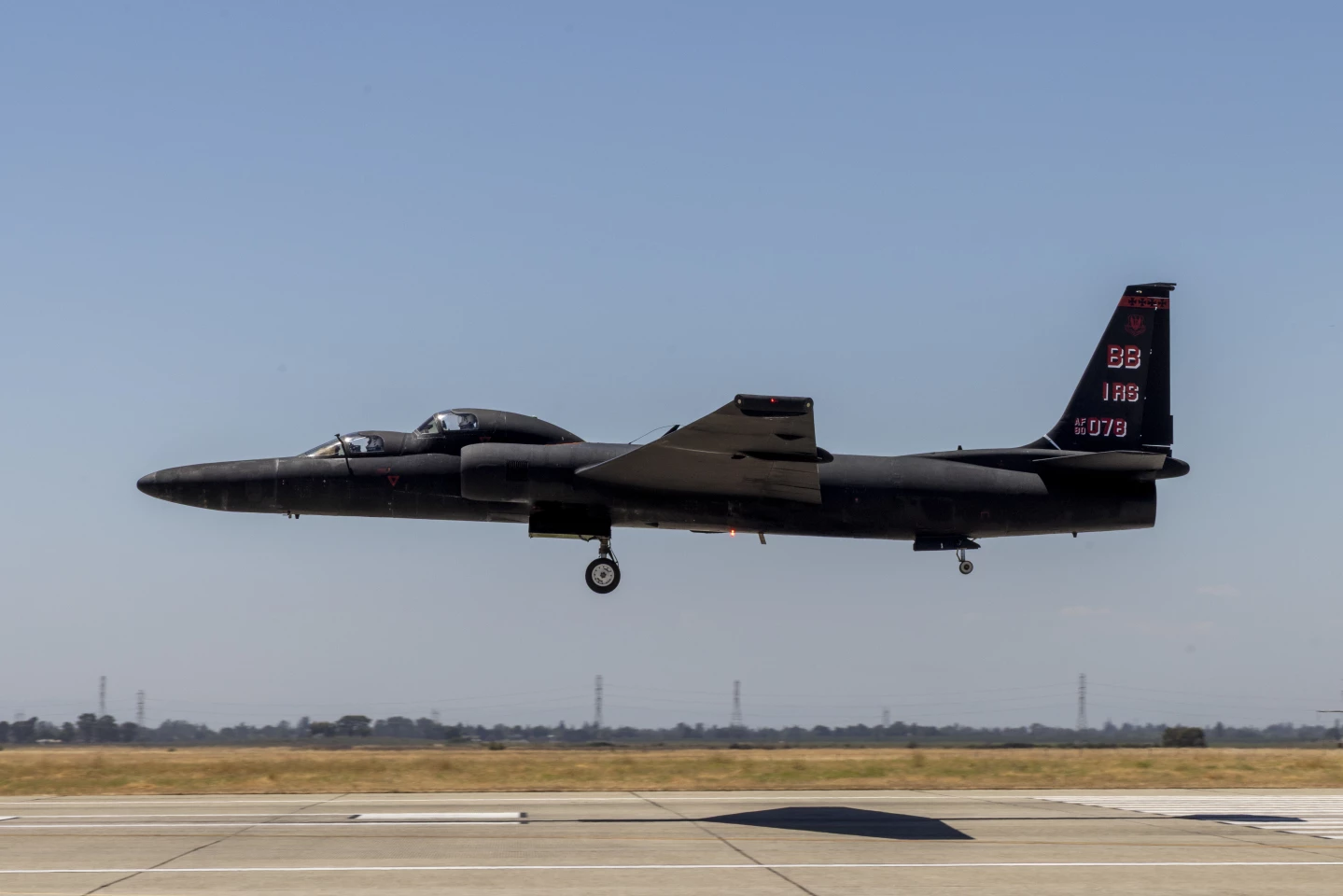
None of this was helped by the fact that the Soviet leaders made many boasts about their military power and technological advances, including that they had so many more bombers and missiles than NATO that the West had no hope of ever closing the gap.
Today, learning the truth would be relatively easy. The major powers have fleets of advanced orbital spy satellites and images from their privately owned counterparts are available to all. In recent years, it's become quite common for even amateurs to shed light on events in a remote corner of the world by simply calling up images from any of a dozen online sources.
But back in the 1950s, things weren't so easy. So, to throw some light on things, President Eisenhower authorized the development of a new long-distance, high-altitude spy plane that could be loaded up with cameras and flown over Soviet territory.
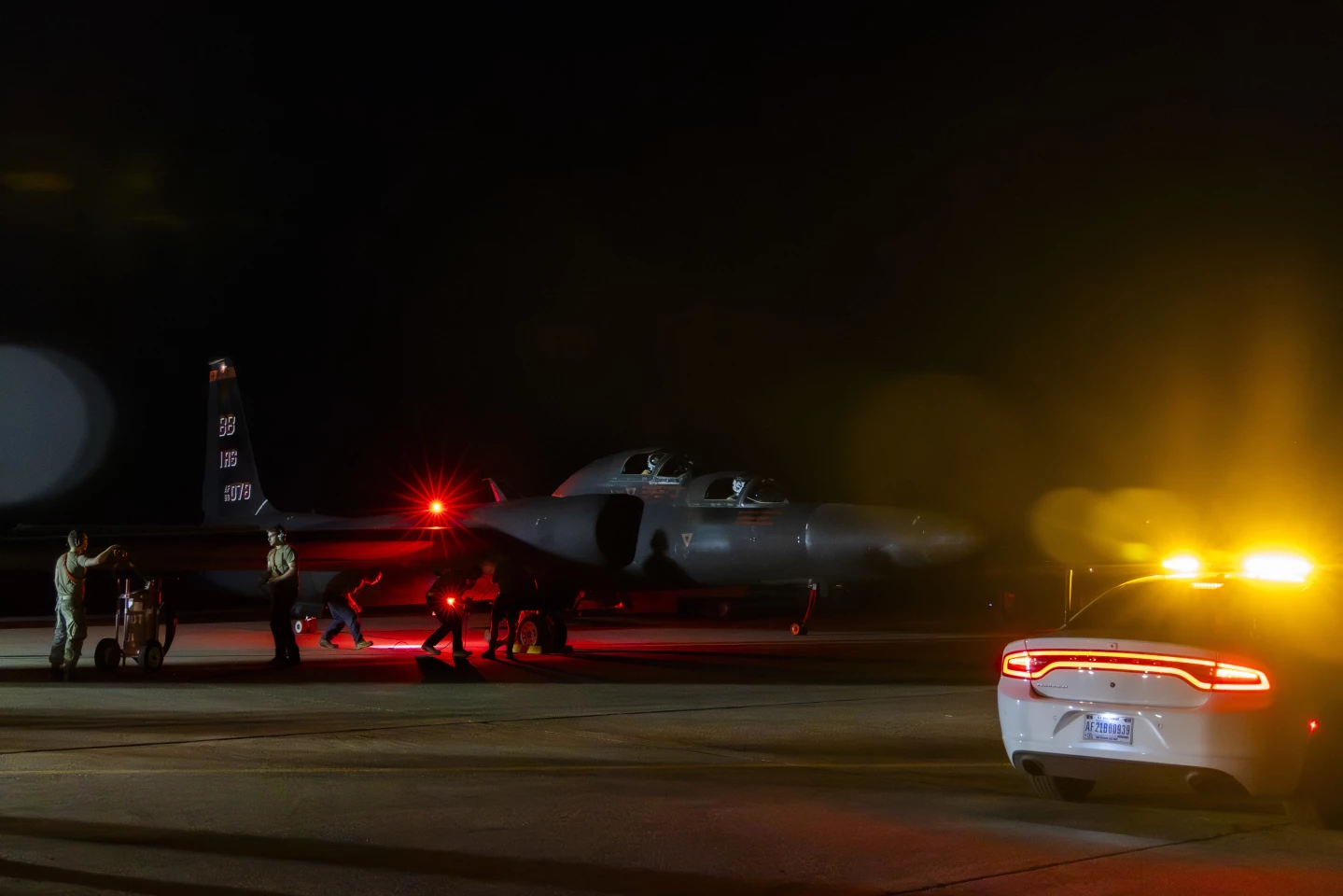
The result was the U-2 Dragon Lady. Unlike other reconnaissance planes that were essentially modified bombers, the U-2 was a lightweight affair that seemed like it was built out of gossamer instead of aluminum. It wasn't so much an airplane as a jet-powered glider, with long, narrow 105-ft (32-m) wings like a soaring bird's. It was lofted into the air by a single General Electric F118-101 turbofan engine generating 17,000 lb of thrust. Once in the air, its 2,950 gal (11,166 L) of fuel gave it a range of over 6,000 nautical miles (7,000 miles, 11,280 km) as it cruised at 412 knots (470 mph, 760 km/h).
It also flew at the edge of space at above 70,000 ft (21,000 m) – so high that the pilot had to be clad in a pressure suit and he could plainly see the curvature of the Earth.
Since it first took to the air in 1955, it has had a remarkable career – often finding itself at the center of international crises. In 1960, the supposedly secret plane was splashed across front pages across the world as one was shot down by the Soviets and its pilot, Gary Powers, was subjected to a show trial in Moscow on an espionage charge. The U-2 once again hit the headlines when a recon flight over Cuba found secret Soviet missile installations being built that were within easy reach of the continental US, sparking the Cuban Missile Crisis that nearly saw the start of World War III.
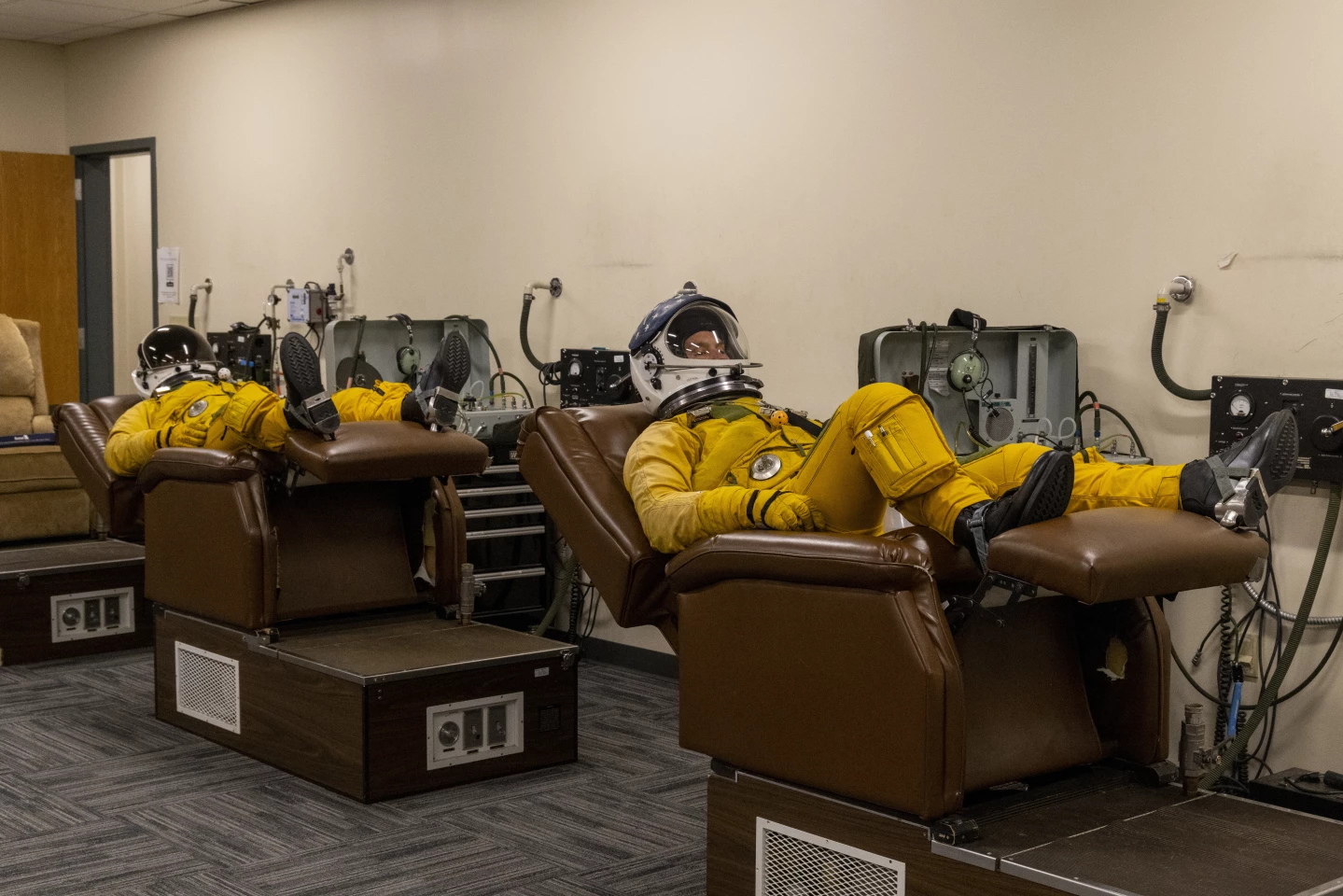
On a more positive note, the U-2 also showed that the Soviets had been playing a fantastic game of bluff that made the world believe that a handful of bombers and temperamental missiles were a vast nuclear arsenal.
In the 21st century, the U-2 is approaching retirement, but it still has a few tricks up its high-flying sleeve. At Beale Air Force Base in California, a training version called the TU-2S with a crew of two took off in July on a flight for the record books.
With pilots Cory "ULTRALORD" Bartholomew and Lieutenant Colonel "JETHRO" at the controls (the Air Force wouldn't release the latter's proper name for security reasons), the aircraft took off on the longest-ever flight of the aircraft model. It took the two men 14 hours to fly across "all 48 contiguous states of the United States" for a distance of over 6,000 nautical miles (6,905 miles, 11,112 km). There were reports of the U-2 also achieving a new altitude record, but this was not confirmed.

This was a double record, not just pushing the limits of the U-2 aircraft, but also the physiological limits of the pilots, who had to endure the entire journey in pressure suits within the cramped confines of their cockpits. They also didn't have toilet facilities, which explains the traditional high-protein steak and eggs they ate before flight.
According to the Air Force, the flight was more than just a matter of endurance. It also required extensive logistics, including selection of emergency landing strips, coordinating flight routes, and dealing with the problems of winds, temperatures, altitudes, and not crossing a border into the wrong air space.
"This flight is historic, and it is fitting that it was planned and flown by aircrew from the 1st Reconnaissance Squadron, America’s longest-serving flying unit," said Mattson. "The character of war is changing, but our extreme ownership of our mission to build aircrew ready to exploit and dominate the electromagnetic spectrum and win, will never change. We continue to hone our combat competencies showcasing Beale’s capacity as a power projection platform to rapidly respond to adversary actions anywhere in the world."
Source: US Air Force
